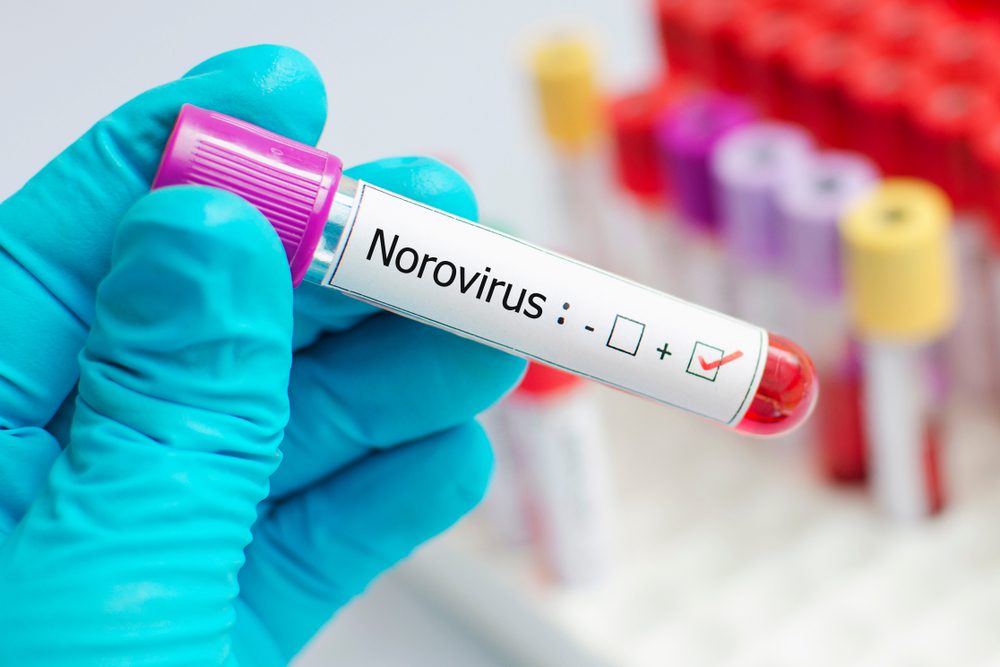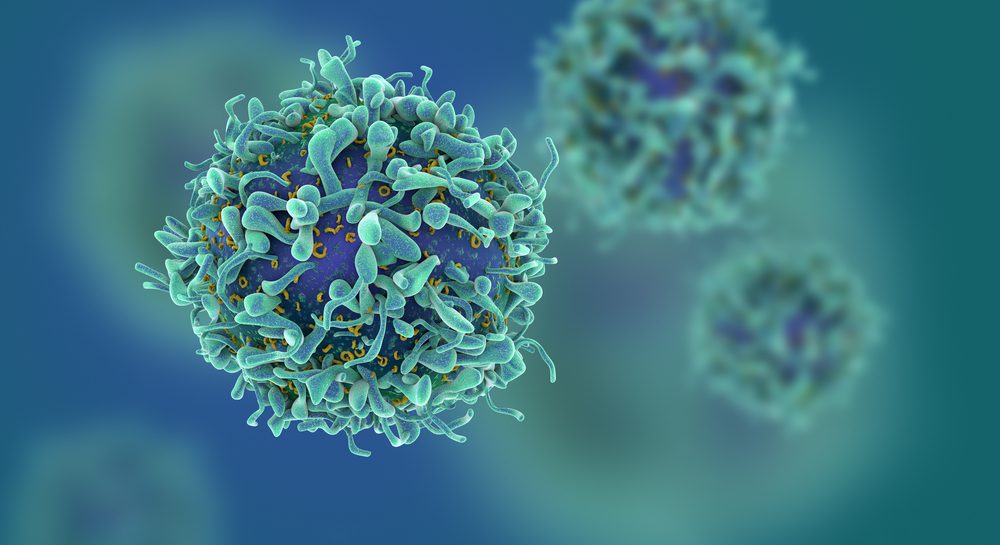Have you heard of the 24-hour flu?
The 24-hour flu, also known as stomach flu, is a short-lasting illness characterized by diarrhea and vomiting. But what exactly is it?
The name “24-hour flu” is actually a misnomer. According to experts, the condition isn’t the flu at all. The flu is a contagious respiratory illness that is caused by influenza viruses. Common symptoms of the flu include fatigue, fever, cough, and body aches. When you get a flu shot, this is what you’re being protected from—not gastroenteritis.
On the other hand, the 24-hour flu is actually a condition called gastroenteritis. This happens when there’s an inflammation of the lining of the intestines and stomach, which leads to symptoms such as diarrhea and vomiting.
Gastroenteritis can be caused by bacterial, viral, or parasitic infections, with viral gastroenteritis being the most common culprit for cases of 24-hour flu. Despite its moniker suggesting it lasts one day, viral gastroenteritis symptoms can last between 24 and 72 hours.
Keep reading to learn more about the condition, including symptoms, how you can treat it at home, and when to see a doctor!

Symptoms
The symptoms of gastroenteritis usually show one to three days after you’ve been infected and can include abdominal cramps or pain, diarrhea, nausea or vomiting, low-grade fever, loss of appetite, headaches, body aches and pains, and feeling tired or fatigued. The symptoms of the condition typically come on suddenly and hit hard, and they gradually decrease as you get better.
In adults, a case of viral gastroenteritis usually lasts 1-3 days. In children, it can last up to 12 days, depending on the cause. According to experts, the illness is very contagious, but people who are usually healthy, are sick for about two to three days, then they start to feel better.
On the other hand, in patients who are seriously immunocompromised, like people undergoing chemotherapy or transplant recipients, there’s a greater risk of developing complications that can last longer.
How does it spread?
As mentioned above, the 24-hour flu is very contagious, which means that it can spread easily from person to person. You can become infected if you have close contact with someone who has the infection, consume contaminated food or water, or come into contact with an object or surface that’s been contaminated (examples include things like eating utensils, faucets, or doorknobs).
If you start showing symptoms, wash your hands frequently, especially before handling food and after using the bathroom. Since the illness is quite contagious, plan to stay home for at least two days after your symptoms have passed. If you’re running a fever, you’re definitely contagious. However, even without a fever, stomach viruses are easy to spread.
Norovirus, one of the most common causes of the 24-hour flu, can live on things and surfaces for about two to four weeks. Since it can survive so long outside the human body, it makes it easy to spread.
According to the latest data, around 60% of all stomach bug cases in the US are due to norovirus.

What causes the 24-hour flu?
The illness is often caused by one of two viruses: rotavirus and norovirus. Both of them are shed in the stool of an infected person, meaning you can get the virus if you ingest tiny particles of stool from an infected person. This can happen when proper hygiene or food handling practices aren’t followed.
The fecal-oral route (from not washing hands after using the toilet, digging in contaminated soil, changing diapers, etc.) is the primary mode of transmission. There are also other ways the viruses can be spread, including direct contact with a sick person.
Viruses can’t be treated with medication. Since the illness is caused by a virus, treatment focuses on alleviating symptoms until you get better.
24-hour flu vs. food poisoning
While you can get the 24-hour flu from contaminated food and water, the infection is different from food poisoning. Food poisoning can happen from the same causes, but it’s caused by parasites or bacteria instead of a virus.
Often, the symptoms of food poisoning tend to show faster than the stomach bug. Vomiting and diarrhea usually begin within a few hours of ingesting contaminated food or water. Bacteria-associated 24-hour flu is primarily related to something you consume and can be caused by Salmonella, E. coli, or Campylobacter.
These bacterial infections are transmitted via contaminated poultry or other tainted foods, including dairy products, produce, and meat. Campylobacter strains make up around one-third of all bacterial cases.
When it comes to parasite-associated 24-hour flu, the primary culprits are Giardia and Cryptosporidium. Parasitic infections usually take longer to resolve than bacterial or viral gastroenteritis. Also, symptoms commonly last between two and six weeks.
Diagnosis
You may know the root cause of your symptoms before even seeing a doctor. For instance, if you and other people get sick after eating at a restaurant, it’s plausible to assume that food poisoning is to blame. If sickness spreads through the household in waves, it’s likely a viral infection.
Symptoms that aren’t serious and only last a few days likely won’t need medical attention. If you do see a doctor, they may diagnose gastroenteritis just from the symptoms you describe. In prolonged or severe cases, your healthcare provider may need more information and may order a blood and stool test.
These tests should reveal whether the cause is bacterial, viral, or parasitic, which can guide treatment recommendations.
How to treat the 24-hour flu at home
If you’ve come down with the 24-hour flu, there are a bunch of things you can do at home to help ease your symptoms. Get plenty of rest to help your body fight the illness. Drink plenty of fluids to replace the ones lost from vomiting and diarrhea.
Examples include water, broth, and diluted juices. Electrolyte solutions, such as diluted sports drinks and electrolyte drink mixes like this one, can also be used.
Also, consume bland or plain foods that are less likely to irritate your stomach (rice, bread, and crackers). You should also use an over-the-counter anti-diarrheal or anti-vomiting medication. Make sure to talk to your pharmacist or doctor about which types may be best for your condition.
If you experience any body pains and aches, you can take an over-the-counter pain reliever such as ibuprofen (Motrin, Advil) or acetaminophen (Tylenol).

When to seek help
While the 24-hour flu symptoms usually go away on their own in a few days, some signs show your body finds it difficult to fight the illness.
For instance, if you have symptoms of serious dehydration, which can include dark urine, passing very low quantities of urine, or dizziness, you should call your doctor. The same thing applies if you have bloody vomit or diarrhea, your fever is over 104°F (40°C), you’re unable to keep any liquids down for 24 hours due to vomiting, or you have an underlying condition such as kidney disease or inflammatory bowel disease.
According to experts, you should also call your doctor if your symptoms don’t start to improve after a few days or if they begin after you’ve traveled abroad, particularly to an area with poor sanitation.
If you found our article on 24-hour flu informative, you may also want to read 6 Best Tips on How to Feel Less Bloated During the Holiday Season.

























